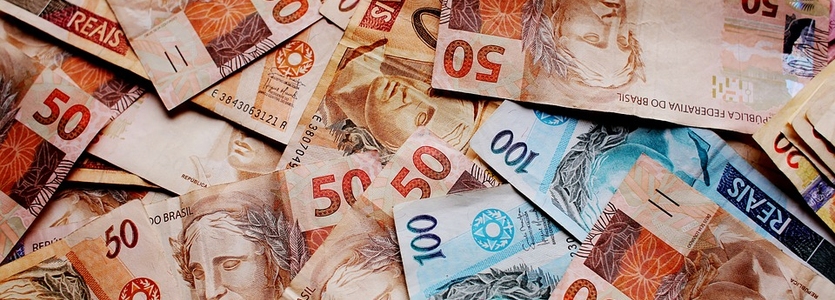19/09/2022

A Terceira Seção do Superior Tribunal de Justiça (STJ), por maioria, decidiu que a responsabilização penal de empresa incorporada não pode ser transferida à sociedade incorporadora. O colegiado fixou o entendimento de que o princípio da intranscendência da pena, previsto no artigo 5º, inciso XLV, da Constituição Federal, pode ser aplicado às pessoas jurídicas.
De acordo com o processo, o Ministério Público do Paraná ofereceu denúncia contra uma sociedade empresária agrícola, imputando-lhe a prática do delito previsto no artigo 54, parágrafo 2º, inciso V, da Lei 9.605/1998, pelo suposto descarte de resíduos sólidos em desconformidade com as exigências da legislação estadual. A controvérsia que chegou ao STJ diz respeito ao fato de a empresa acusada originariamente ter sido incorporada por outra.
Após a decisão que rejeitou as preliminares da defesa, a empresa incorporadora impetrou mandado de segurança, alegando a extinção da punibilidade diante do encerramento da personalidade jurídica da ré originária da ação penal – a sociedade empresarial agrícola. Assim, por aplicação analógica do artigo 107, inciso I, do Código Penal (CP), que trata da morte do réu, seria inviável o prosseguimento da ação contra a incorporadora. O Tribunal de Justiça do Paraná concedeu a segurança.
No recurso encaminhado ao STJ, o Ministério Público sustentou que tanto o princípio da intranscendência da pena como o artigo 107, inciso I, do CP têm incidência restrita às pessoas naturais, únicas capazes de morrer, sobretudo porque as penas patrimoniais previstas na Lei 9.605/1998 poderiam ser assumidas pela incorporadora.
Pretensão punitiva estatal não se confunde com obrigações transmissíveis
O relator do recurso, ministro Ribeiro Dantas, observou que a incorporação é uma operação societária típica, por meio da qual apenas a sociedade empresária incorporadora continuará a existir, na qualidade de sucessora de todas as relações patrimoniais da incorporada, cuja personalidade jurídica é extinta.
O magistrado apontou que a sucessão da incorporada pela incorporadora se opera quanto a direitos e obrigações compatíveis com a natureza da incorporação, conforme se conclui a partir dos artigos 1.116 do Código Civil e 227 da Lei 6.404/1976.
“A pretensão punitiva estatal não se enquadra no conceito jurídico-dogmático de obrigação patrimonial transmissível, tampouco se confunde com o direito à reparação civil dos danos causados ao meio ambiente. Logo, não há norma que autorize a transferência da responsabilidade penal à incorporadora”, declarou Ribeiro Dantas.
Princípio da intranscendência da pena vale também para pessoas jurídicas
Para o relator, a extinção legal da pessoa jurídica ré – sem nenhum indício de fraude – leva à aplicação analógica do artigo 107, inciso I, do CP, com o consequente término da punibilidade.
O ministro destacou, ainda, que o princípio da intranscendência da pena pode ser aplicado às pessoas jurídicas, o que reforça a tese de que a empresa incorporadora não deve ser responsabilizada penalmente pelos crimes da incorporada.
“Se o direito penal brasileiro optou por permitir a responsabilização criminal dos entes coletivos, mesmo com as peculiaridades decorrentes da ausência de um corpo biológico, não pode ser negada a eles a aplicação de garantias fundamentais utilizando-se dessas mesmas peculiaridades como argumento”, concluiu o relator ao negar provimento ao recurso especial do Ministério Público.
- Esta notícia refere-se ao(s) processo(s):REsp 1977172
- Fonte: STJ











